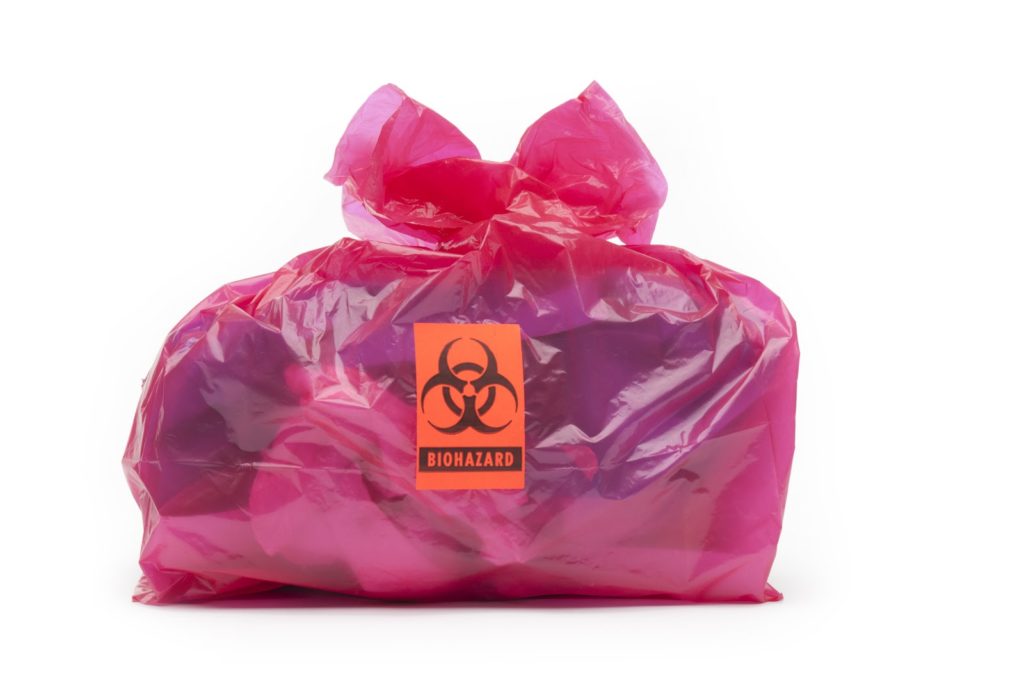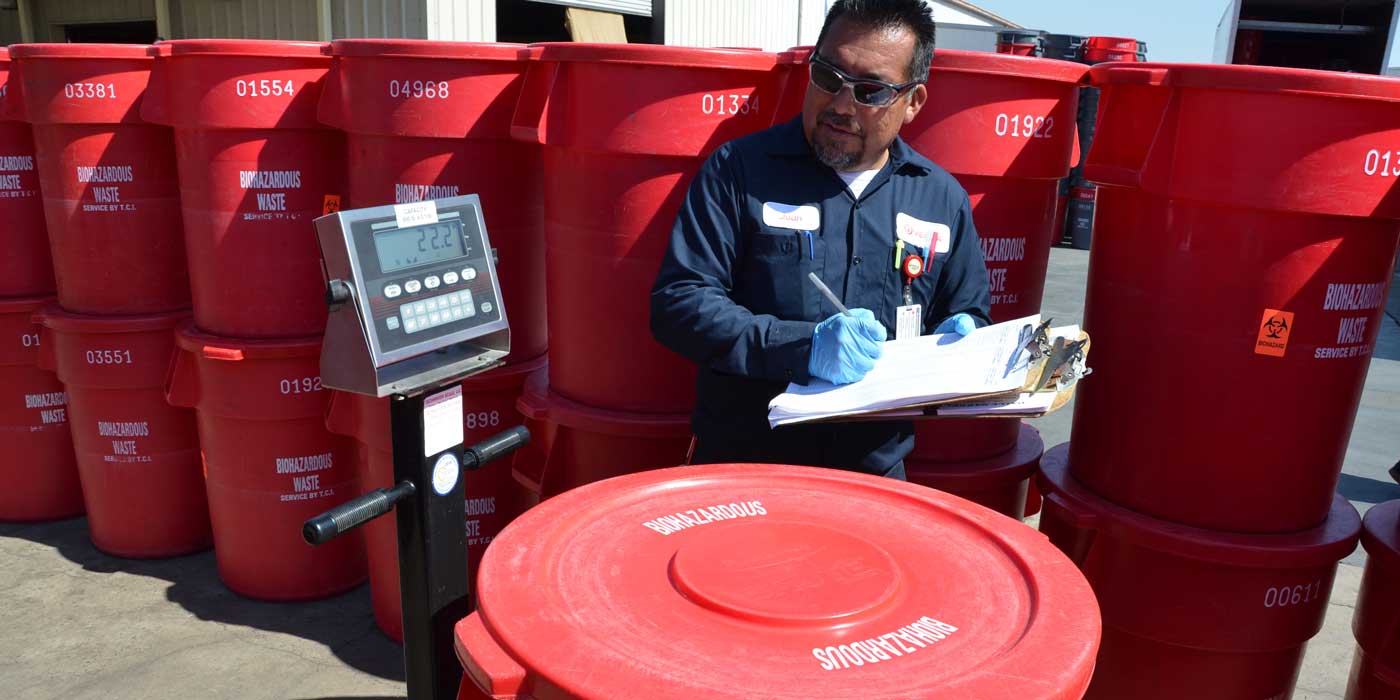Healthcare Hygiene Heroes: The Unsung Role of Medical Waste Removal Service
Healthcare Hygiene Heroes: The Unsung Role of Medical Waste Removal Service
Blog Article
Comprehending the Different Kinds Of Waste Disposal Strategies
In the world of waste administration, the array of disposal strategies readily available today is substantial and varied, each technique offering a distinct purpose in addressing the obstacle of waste disposal. click here. From reusing methods that intend to give new life to materials, to the detailed procedures of unsafe waste administration, the landscape of garbage disposal is complicated yet crucial for environmental sustainability. Recognizing the nuances of these various strategies not only clarifies the value of responsible waste management yet additionally motivates us to reassess our technique in the direction of garbage disposal in a swiftly evolving globe

Recycling Methods
Recycling methods are critical for sustainable waste monitoring techniques in both industrial and residential setups. medical waste removal service. By carrying out effective recycling strategies, a significant quantity of waste can be drawn away from land fills, conserving all-natural resources and lowering the ecological impact of manufacturing procedures
In suburbs, curbside recycling programs play a crucial role in motivating households to different recyclable products from general waste. Products such as paper, plastics, glass, and steels can be arranged and accumulated for handling into brand-new items, reducing the demand for resources and energy-intensive production processes.
Industrial centers also rely on recycling techniques to minimize waste generation and advertise a circular economic climate. By carrying out closed-loop systems, services can recycle products within their production procedures, lowering prices and environmental footprint. medical waste removal. In addition, industrial recycling programs commonly entail partnerships with specialized reusing facilities to ensure that products are appropriately arranged, processed, and reintegrated into the supply chain
Composting Methods

Oxygenated static pile composting entails blending natural waste materials in a large pile and consistently turning it to ensure proper oygenation. This approach is reliable for large composting procedures. On the other hand, vermicomposting utilizes earthworms to damage down raw material right into nutrient-rich castings. This method is fit for smaller-scale operations and families.
In-vessel composting involves placing natural waste in a shut container with regulated conditions for temperature level and oygenation. This approach works for taking care of food waste in metropolitan areas. Windrow composting includes forming long rows of natural waste and routinely transforming them to promote decay. This method is frequently utilized in agricultural settings.
Garbage Dump Disposal
Landfill disposal is a generally made use of method for handling waste that can not be recycled or composted. Methane gas, a by-product of breaking down organic waste in landfills, is frequently collected and used as a resource of renewable energy. Initiatives to minimize reliance on landfills consist of promoting waste decrease, recycling, and exploring different waste disposal techniques to reduce the environmental impact connected with traditional land fill disposal practices.

Waste-to-Energy Incineration
Incineration of waste for energy generation is an approach increasingly being thought about as a choice to typical garbage dump disposal strategies. Waste-to-energy incineration involves the combustion of waste materials at high temperature levels, generally in specialized centers made to generate power or heat with the procedure - click here. This method not just decreases the quantity of waste that would certainly otherwise be predestined for land fills but also uses the warm generated during incineration to produce power
Among the crucial advantages of waste-to-energy incineration is its capability to create electricity while minimizing the ecological influence contrasted to standard land fill disposal methods. By converting waste right into energy, this approach assists in reducing greenhouse gas discharges and reliance on fossil fuels for power generation. Additionally, waste-to-energy facilities are geared up with advanced air pollution control technologies to reduce prospective environmental toxins released during the burning procedure.
Contaminated Materials Management

Taking into consideration the crucial significance of accountable waste monitoring methods, particularly in he has a good point the world of environmental sustainability, the emphasis currently moves towards the detailed domain name of Contaminated materials Management. Unsafe waste postures considerable threats to both human wellness and the setting, requiring specific handling and disposal techniques. Typical instances of hazardous waste consist of chemicals, batteries, chemicals, and digital waste.
Contaminated materials Administration involves the identification, collection, transportation, treatment, and disposal of products considered potentially dangerous or damaging. This procedure calls for adherence to rigorous policies and standards to reduce unfavorable impacts on ecological communities and public wellness. Various methods are used in handling contaminated materials, consisting of recycling, protected garbage dumps, encapsulation, and chemical treatment.
Proper Unsafe Waste Monitoring is essential for protecting against contamination of dirt, water resources, and air contamination. It is essential for sectors, research laboratories, medical care facilities, and various other generators of dangerous waste to execute durable management approaches, training programs, and emergency situation feedback intends to guarantee the risk-free handling and disposal of these materials. Failure to handle harmful waste suitably can have significant consequences, emphasizing the significance of responsible and thorough techniques in this field.
Verdict
In final thought, waste disposal methods play a vital function in managing and reducing the impact of waste on the environment. It is vital for sectors and people to understand the various waste disposal techniques readily available and pick the most suitable technique for sustainable waste monitoring.
In the realm of waste administration, the array of disposal methods available today is vast and differed, each approach offering an unique objective in dealing with the challenge of waste disposal. click here. From recycling methods that intend to provide new life to products, to the detailed processes of hazardous waste monitoring, the landscape of waste disposal is complicated yet critical for environmental sustainability. Understanding the subtleties of these various strategies not just sheds light on the importance of responsible waste management however likewise motivates us to rethink our approach towards waste disposal in a swiftly progressing world
Efforts to minimize reliance on garbage dumps consist of promoting waste decrease, reusing, and exploring alternative waste disposal approaches to lessen the ecological footprint connected with typical land fill disposal methods.
It is essential for markets and individuals to understand the various waste disposal methods readily available and select the most ideal technique for sustainable waste management.
Report this page